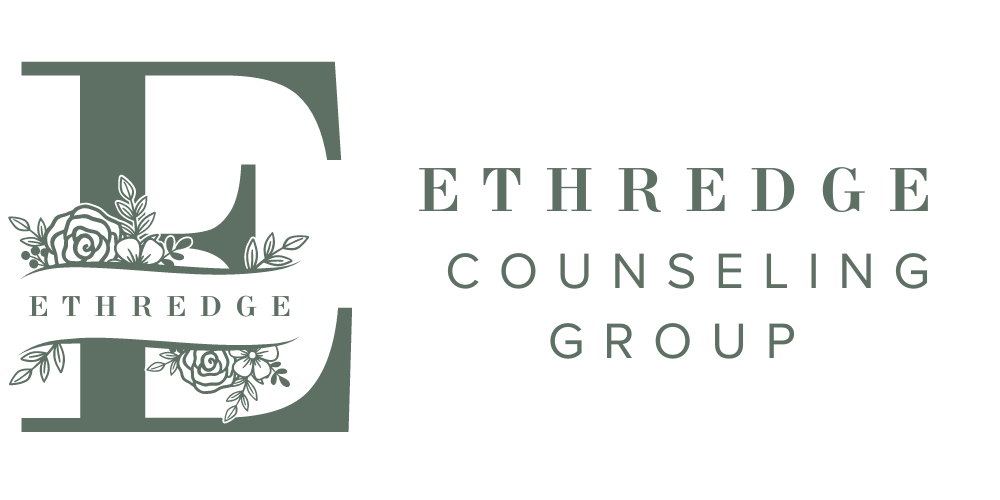Unraveling Anxiety and Attachment Styles
Anxiety is an emotion that can affect anyone, regardless of age, gender, or background. However, when it comes to understanding and managing anxiety, one's attachment style plays a significant role, particularly for women. Attachment styles influence how we connect with others, process emotions, and handle stress. In this blog post, we'll explore the intricate relationship between anxiety and attachment styles, offering insights and strategies for women to better navigate their emotional landscapes.
Understanding Attachment Styles
Attachment theory, developed by John Bowlby and later expanded upon by Mary Ainsworth, helps us comprehend the way we form emotional bonds with others. Attachment styles typically fall into four categories: secure, anxious-preoccupied, dismissive-avoidant, and fearful-avoidant (also known as disorganized). These styles are formed in childhood based on our early experiences with caregivers and continue to impact our relationships throughout our lives. It is important to note that these categories are fluid, rather than rigid, meaning that your attachment style may have components that have characteristics of several styles.
Secure Attachment:
Individuals with secure attachment styles tend to feel confident and comfortable in relationships. They trust others, express their feelings openly, and believe they are worthy of love and support. While they can experience anxiety, it is usually manageable and doesn't dominate their lives.
Anxious-Preoccupied Attachment:
People with anxious-preoccupied attachment styles are often plagued by worries about their relationships. They seek constant reassurance, fear abandonment, and can be prone to chronic anxiety. Women with this attachment style may experience heightened levels of anxiety in their relationships, which can spill over into other aspects of their lives.
Dismissive-Avoidant Attachment:
Dismissive-avoidant individuals tend to downplay their emotional needs and avoid relying on others. They are self-reliant and often uncomfortable with emotional intimacy. While this attachment style might seem less prone to anxiety, it can lead to anxiety from suppressing emotions and unmet emotional needs.
Fearful-Avoidant (Disorganized) Attachment:
Fearful-avoidant individuals experience a push-and-pull dynamic in their relationships. They fear rejection and may display unpredictable behavior, swinging between extremes of emotional engagement and detachment. This attachment style can be a breeding ground for intense anxiety, as women grapple with the unpredictability of their emotions and relationships.
Anxiety and Attachment Styles
Now, let's delve into how anxiety manifests within each attachment style and what women can do to manage it effectively:
For Anxious-Preoccupied Women:
Recognize your tendency to seek constant reassurance and address the underlying fear of abandonment.
Practice self-soothing techniques, such as mindfulness and meditation.
Communicate openly with your partner about your needs and fears, fostering a sense of security in the relationship.
For Dismissive-Avoidant Women
Acknowledge your emotional needs and learn to express them in healthy ways.
Challenge your fear of vulnerability by gradually opening up to trusted individuals.
Seek professional help if your avoidance of emotions leads to heightened anxiety.
For Fearful-Avoidant (Disorganized) Women:
Work on understanding the sources of your emotional turbulence, which may stem from past traumas.
Consider therapy to help you navigate the complexities of your attachment style.
Cultivate self-compassion and self-awareness to stabilize your emotions and relationships.
Putting it All Together
Anxiety and attachment styles are tightly interwoven, impacting how women perceive themselves and relate to others. It's crucial to recognize that attachment styles are not set in stone and can evolve over time with self-awareness and effort. Whether you have a secure attachment or grapple with an anxious-preoccupied, dismissive-avoidant, or fearful-avoidant attachment, understanding and managing your anxiety is a powerful step towards healthier, more fulfilling relationships and emotional well-being.
Remember that seeking support from friends, family, or mental health professionals is a crucial part of managing anxiety related to attachment styles. With self-compassion and a commitment to personal growth, women can gain a deeper understanding of themselves, their relationships, and the path to emotional resilience and well-being. Earned secure attachment is a possibility for all. Don’t hesitate to reach out to Ethredge counseling to explore your attachment style further.
If you want to learn more about our services in South Carolina, we can help. Click the button below to get started.
